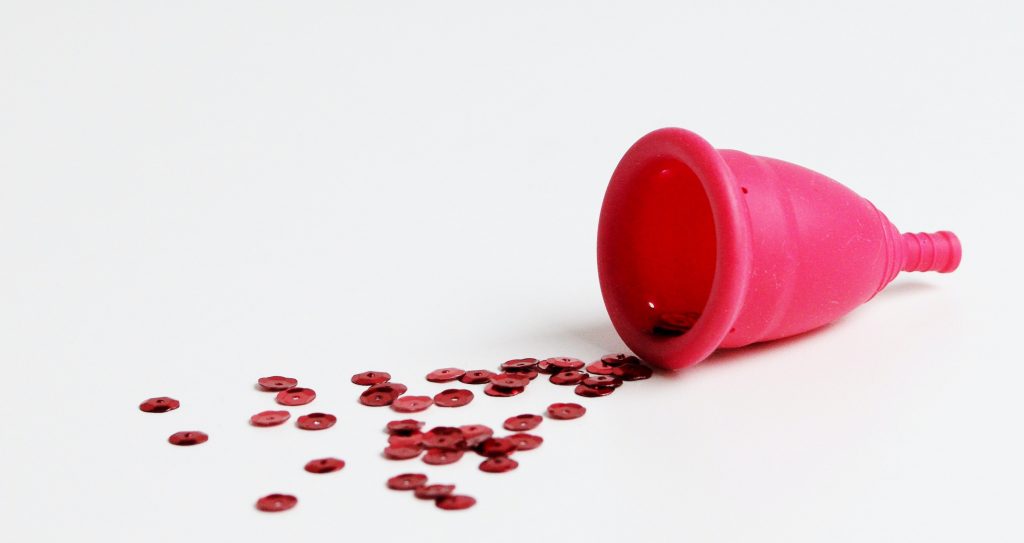
We all know that running is a fantastic way to keep ourselves fit and feeling great. But, when Aunty Flo pays a visit, things can get a little more challenging. Those pesky hormonal changes can disrupt your running routine. Let’s chat about how your period can affect your performance and share some tips on how to handle it like a pro.
Understanding the Menstrual Cycle
The menstrual cycle is a complex process that involves hormonal fluctuations in a woman’s body. On average, it lasts around 28 days, although it can vary from person to person. It consists of four main phases:
- Menstruation (Days 1-5): During menstruation, the body sheds the uterine lining, resulting in menstrual bleeding. Hormone levels are low at this stage, which can lead to fatigue and cramps.
- Follicular Phase (Days 6-14): In the follicular phase, estrogen levels begin to rise. This hormone increase brings about higher energy levels and an improved mood, making it an optimal time for more vigorous physical activities, including running.
- Ovulation (Around Day 14): Ovulation marks the midpoint of the menstrual cycle, with estrogen levels peaking. This hormonal surge can enhance endurance and overall performance. However, some women might experience mild discomfort or bloating during this time.
- Luteal Phase (Days 15-28): The luteal phase sees a rise in progesterone levels, which can lead to fatigue, bloating, and mood swings in some women. This is the phase that can be more challenging for some runners due to these hormonal changes.

How the Menstrual Cycle Affects Running Performance
- Energy Levels: During menstruation and the luteal phase, lower estrogen and progesterone levels can lead to decreased energy levels, making it harder to find the motivation to run. Fatigue and cramps may also be more prominent.
- Hydration: Hormonal changes can affect fluid retention, making it important to stay well-hydrated throughout the menstrual cycle. Dehydration can impact performance and exacerbate premenstrual symptoms.
- Performance Variability: Due to the hormonal fluctuations, women may notice variations in their running performance throughout the month. Some days, they may feel strong and energetic, while others might be more challenging.

Managing Your Running Routine During the Menstrual Cycle
- Track Your Cycle: Keep a calendar to anticipate when you might experience lower energy levels or discomfort. Apps like Clue are fantastic for this. They track your menstrual cycle by logging essential data like period start and end dates, symptoms and mood. This information allows you to predict how your cycle may influence your running performance and allows you to adjust your training schedule accordingly.
- Listen to Your Body: Pay attention to how you feel during different phases of your cycle. Consider lighter workouts or restorative activities like yoga or stretching on days when energy levels are low or you’re experiencing discomfort.
- Adjust Your Nutrition: A well-balanced diet can help alleviate some menstrual symptoms. Ensure you’re getting enough iron, calcium, and magnesium. Consider eating smaller, more frequent meals to help manage energy levels.
- Stay Hydrated: Drink plenty of water, especially during the luteal phase when fluid retention can be an issue. Proper hydration can help minimise bloating and cramps.
- Supportive Gear: Invest in comfortable running attire that provides good support and minimises chafing, which can be more problematic during menstruation.
- Pain Management: Over-the-counter pain relievers can help with menstrual cramps or discomfort. Consult a healthcare provider for recommendations on suitable medications.
- Mental Wellness: Practice relaxation techniques, such as deep breathing or meditation, to manage stress and mood swings associated with the menstrual cycle. A positive mindset can make a significant difference in your running performance.
The menstrual cycle can noticeably impact a woman’s running performance, but with the right strategies and awareness, these effects can be managed. By tracking your cycle and adjusting your running routine accordingly, you can enjoy the many benefits of running throughout the month.
Remember that every woman’s experience is unique. It’s essential to listen to your body and tailor your approach to what works best for you. Embracing these strategies can help you maintain a consistent and rewarding running routine, that adapts to you, regardless of where you are in your cycle.



